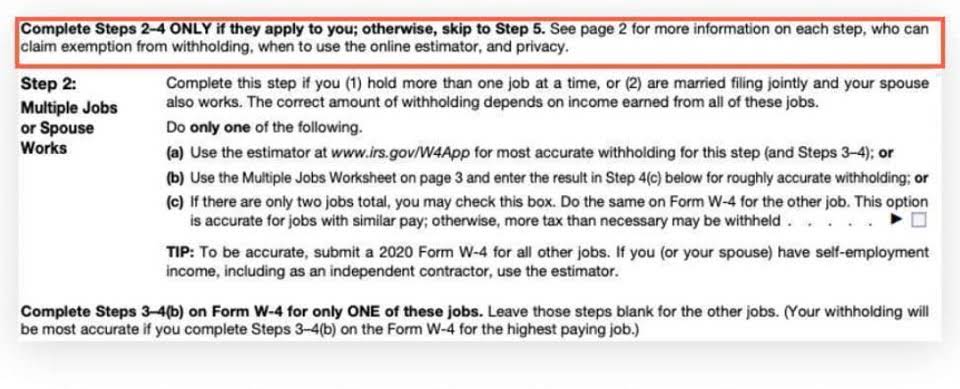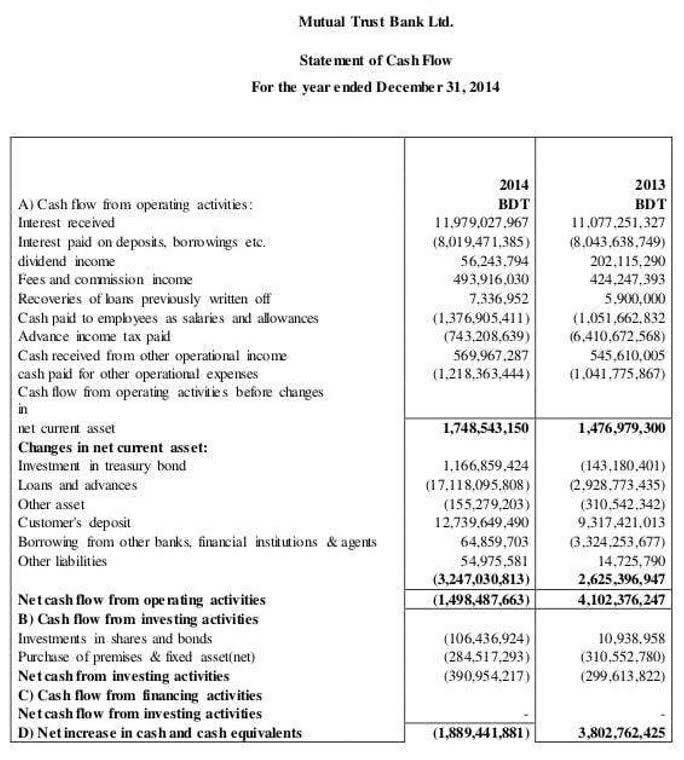
There are many alternatives to the very generic return on investment ratio. CFI’s ROI Calculator helps you explore the impact of different assumptions. You can adjust factors like debt ratio, resale value, and holding period to see how your ROI https://powermovestudio.ro/internal-control-meaning-types-components-examples/ changes across scenarios. Before leveraging an investment, estimate the potential consequences if the asset declines in value.
- Keeping a close eye on Intel Capital and ROI over time allows you to stay proactive and make informed decisions that can improve your portfolio’s overall performance.
- Financial ROI is often expressed as a percentage, making it easier to compare different investments.
- Tools like financial modeling software and data analytics platforms can provide invaluable insights during this phase.
- Calculating ROI entails determining the ratio between the net income (or profit) obtained from an investment and the total cost incurred in making that investment.
- This includes the cost of goods sold, operating expenses, and interest.
- ROI is essential for comparing different investments and deciding where to allocate resources.
- Because financial institutions, such as banks and insurance companies, operate with highly leveraged balance sheets, meaning they rely heavily on debt as part of their business model.
Why is ROI important in business?
ROI is an important measure of an investment's performance but it has some drawbacks. Diversification and asset allocation do not ensure a profit or guarantee against loss. It requires context, such as industry benchmarks, economic conditions, and strategic objectives. For example, a 10% ROI may be exceptional in a low-growth sector but underwhelming in a high-growth industry. Applying carefully can boost your expected ROI and help you locate a better investment.
ROI in Human Capital Management

By setting ROI targets and tracking performance against these benchmarks, investors can assess their investment strategies’ effectiveness and make necessary adjustments. This monitoring process helps ensure that investments meet their objectives and deliver desired returns. ROI is a valuable metric, but it is not the only metric that should be used to make investment decisions.

Why Is ROI a Useful Measurement?
This means tracking how your investments are performing, comparing them to your initial expectations, and making adjustments as needed. If an investment consistently underperforms, it might be time to re-evaluate whether it still fits in your portfolio. Similarly, if an investment is doing exceptionally well, you might consider increasing your allocation to it.
The calculation itself is not complicated, and it is relatively easy to interpret for its wide range of applications. But if other opportunities with higher ROIs are available, these signals can help investors eliminate or select the best options. Likewise, investors should avoid negative ROIs, which imply a net loss. To calculate ROI, the return of an investment is divided by the cost of the investment. The Working Capital Ratio is essential for liquidity analysis, while ROI provides insights into long-term investment performance. The company consistently invests in global marketing campaigns to strengthen its brand recognition and drive sales.
The Future of Finance: How Investment Artificial Intelligence is Reshaping Markets

Your investment strategy should be built around your unique financial goals, financial situation, time horizon, and risk tolerance. From there, you can choose assets to help move you in the right direction. For some, that could mean investing in companies aligned with their values or in bonds that support projects they care about. In other words, investing decisions are about more than a single ROI number.
Limitations of the ROI Formula

That depends on the price paid for the shares at any time, which is not related to the current level of invested equity in the balance sheet. Market prices are driven by future profitability expectations, whereas the balance sheet value is https://www.bookstime.com/articles/taxpayer-bill-of-rights-understanding-your-rights-as-a-business-owner dependent purely on historic equity raised and earned through historic retained earnings. ROE focuses on the returns generated for shareholders relative to equity capital, which is a key driver of value in financial services. An ROI metric known as social return on investment (SROI) helps to quantify some of these benefits for investors. ROI considers only financial gains when evaluating the returns on an investment. It doesn't consider ancillary benefits such as social or environmental costs.
Return On Investment (ROI)
You’ll learn how to calculate return rate on what is return on investment investment using proven methods across different scenarios. A downloadable ROI calculator is also included to help streamline your analysis. Return on investment (ROI) is a financial ratio used to calculate the benefit an investor will receive in relation to their investment cost.
Cost Management to Improve ROI
As an investor, it's important to assess ROI to see how your particular investments are doing, especially when comparing investments. Not only do you ideally want to see a positive ROI — meaning you're getting more out than what you put in — but also that you're making efficient choices. For example, if one investment has an ROI of 5% per year and the other has an ROI of 10%, you're essentially missing out on returns if you choose the lower-ROI option. ROI calculations are simple and help investors decide whether to take or skip an investment opportunity. The calculation can also indicate how an investment has performed to date. When an investment shows a positive or negative ROI, it can be an important indication to the investor about the value of their investment.
